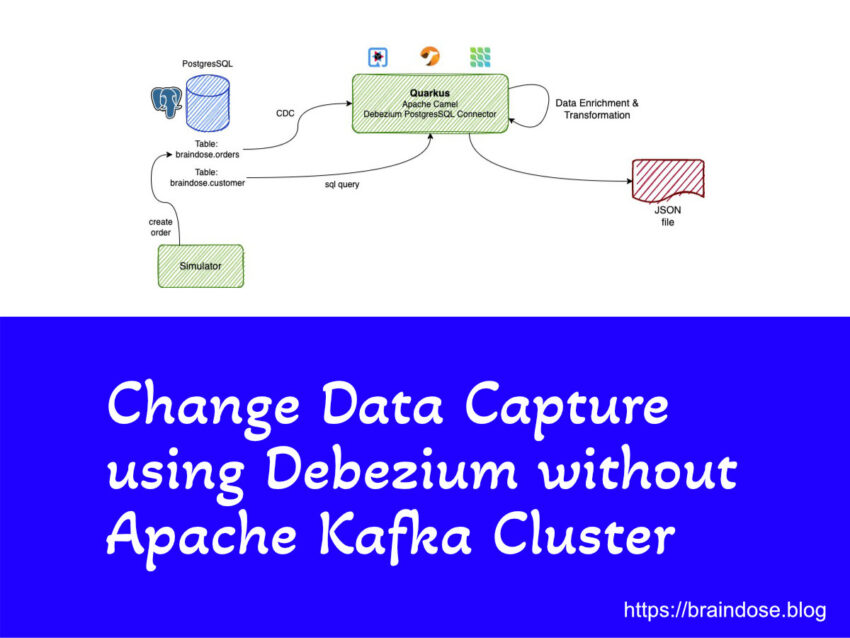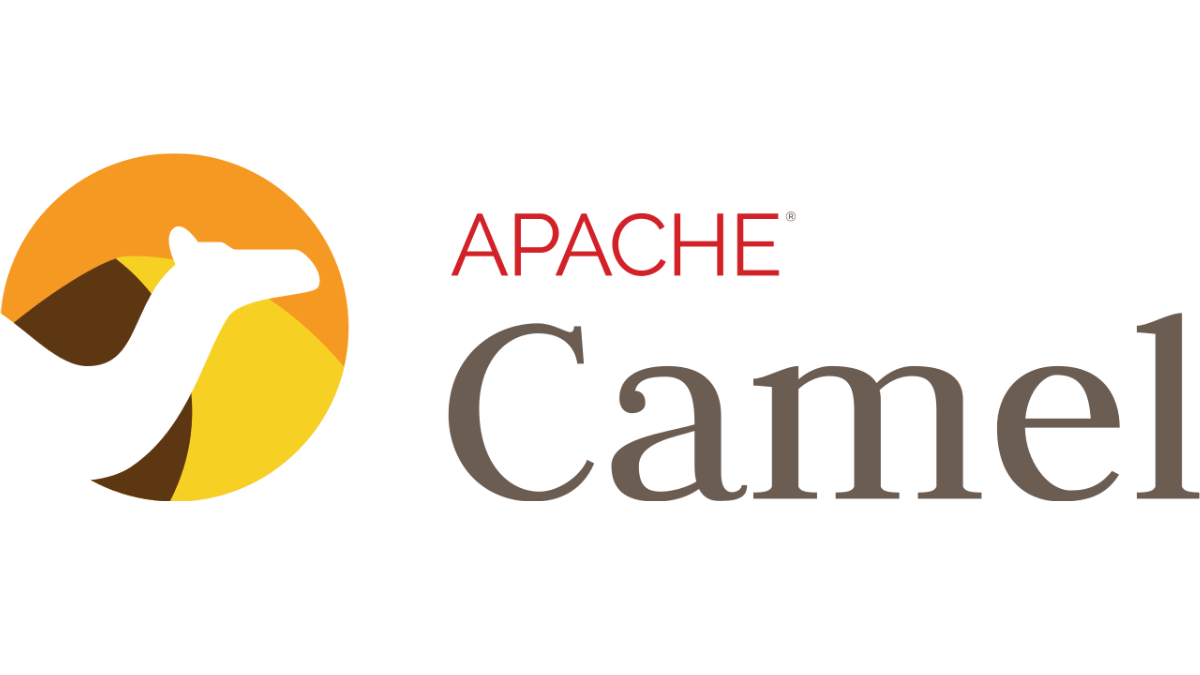Debezium is developed base on Kafka Connect framework and we need Apache Kafka cluster to store the captured events data from source databases. Sometime we do not require the level of tolerance and reliability provided by Apache Kafka cluster, but you still need Change Data Capture (CDC). This is where Debezium Engine come into the picture.
Category: Apache Camel
Event-Driven Payment Exceptions Handling Using Kogito
Let’s go through in detail how can we use the Kogito services to help us to modernise the payment platform by following the event-driven architecture approach. Kogito is the right fit in the scenarios where you need to implement decision services and business automation for an event driven architecture, with the fact that it is purposely built for events and cloud-native use cases.
Implementing Integration Service with Apache Camel
Red Hat Fuse is base on Apache Camel, an open source project to allow developers to implement integration services quickly and easily. This article and the demo asset demonstrate one possible way of how to implement the integration service using Red Hat Fuse. With the enriched list of technology and components brought by Camel, you may find a different way to implement the same solution. This is where the EIP (Enterprise Integration Pattern) is in placed to ensure however the developer is implementing the integration, it will be ensured the developers are following the best practices outlined by the EIP. With the nature and flexibility of Camel integration approaches, we also see how easy it is for us to implement endpoints integration, message marshalling and unmarshalling, and most importantly how we can embrace reusability allowing us to bring our solution to market faster.



